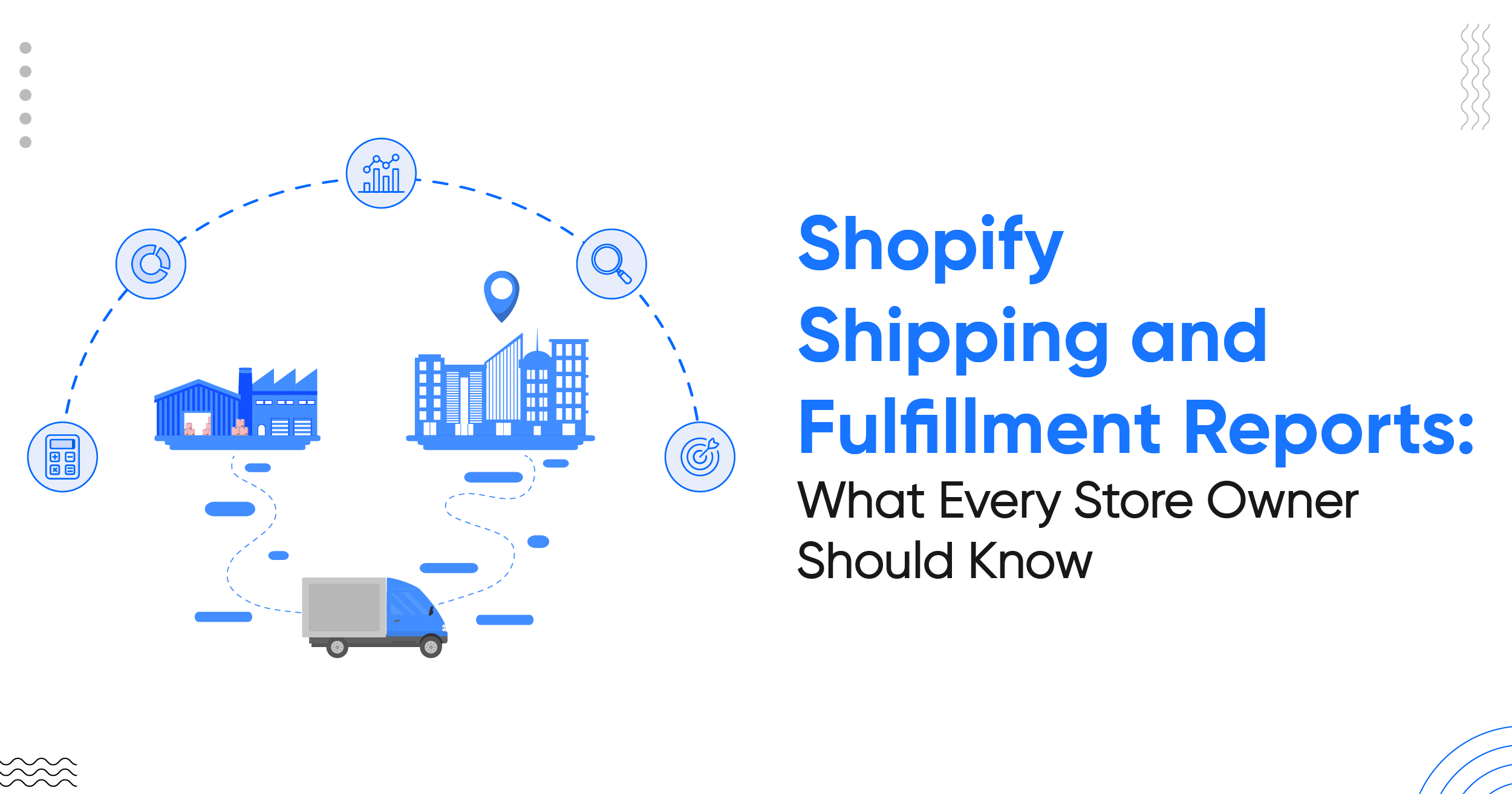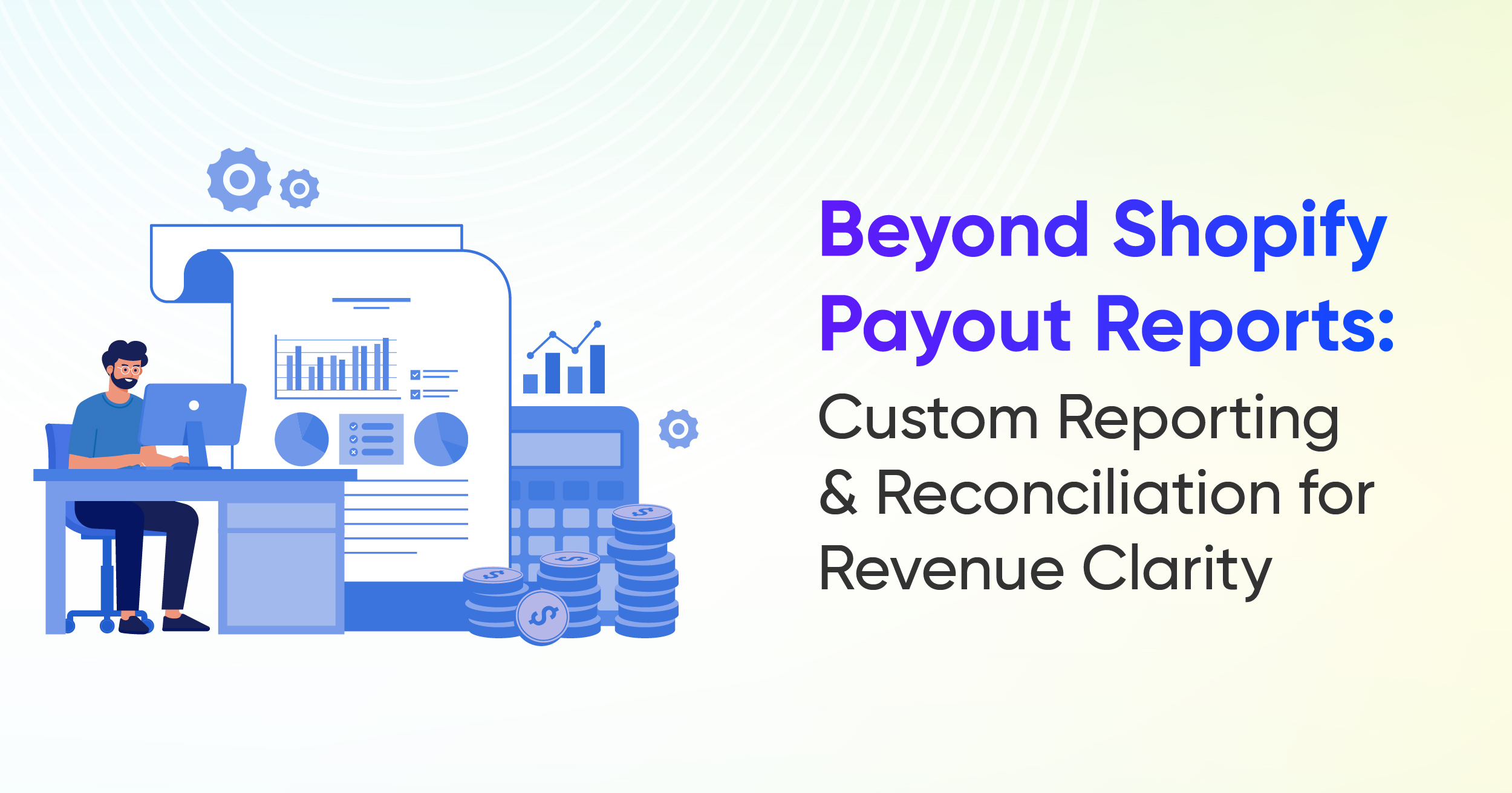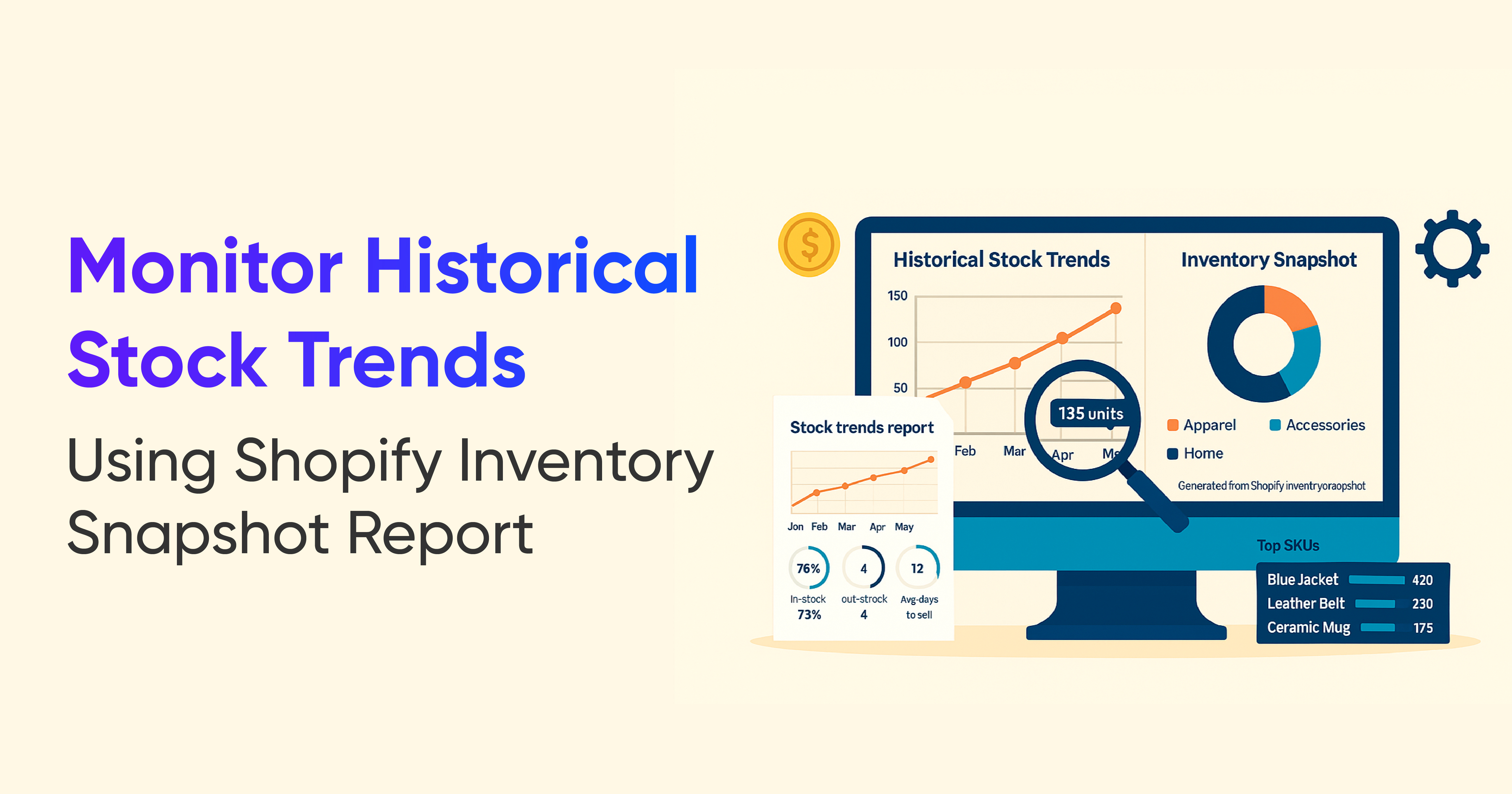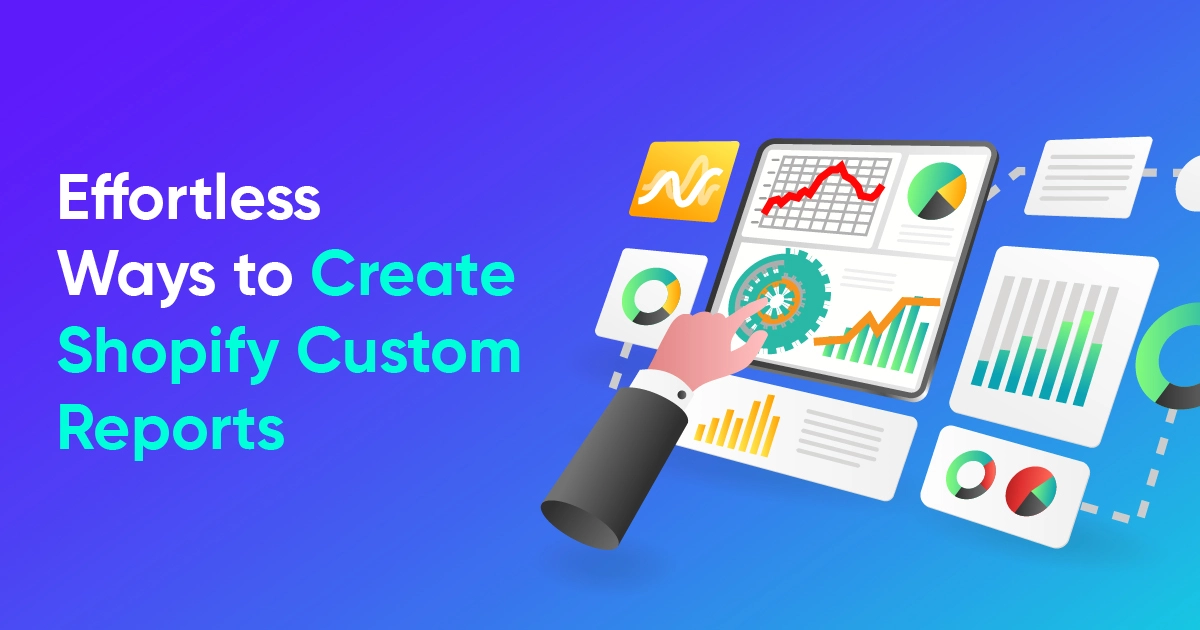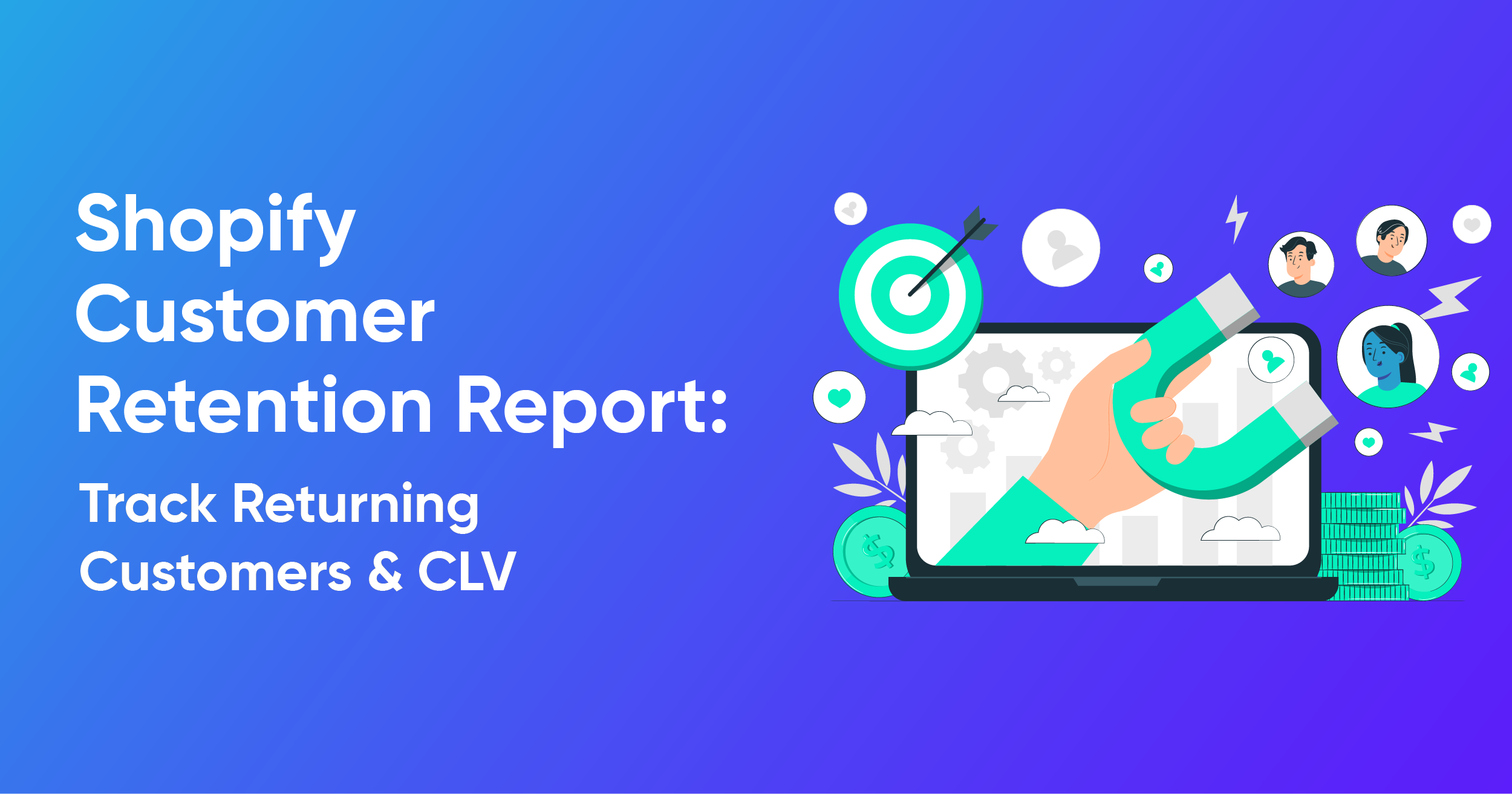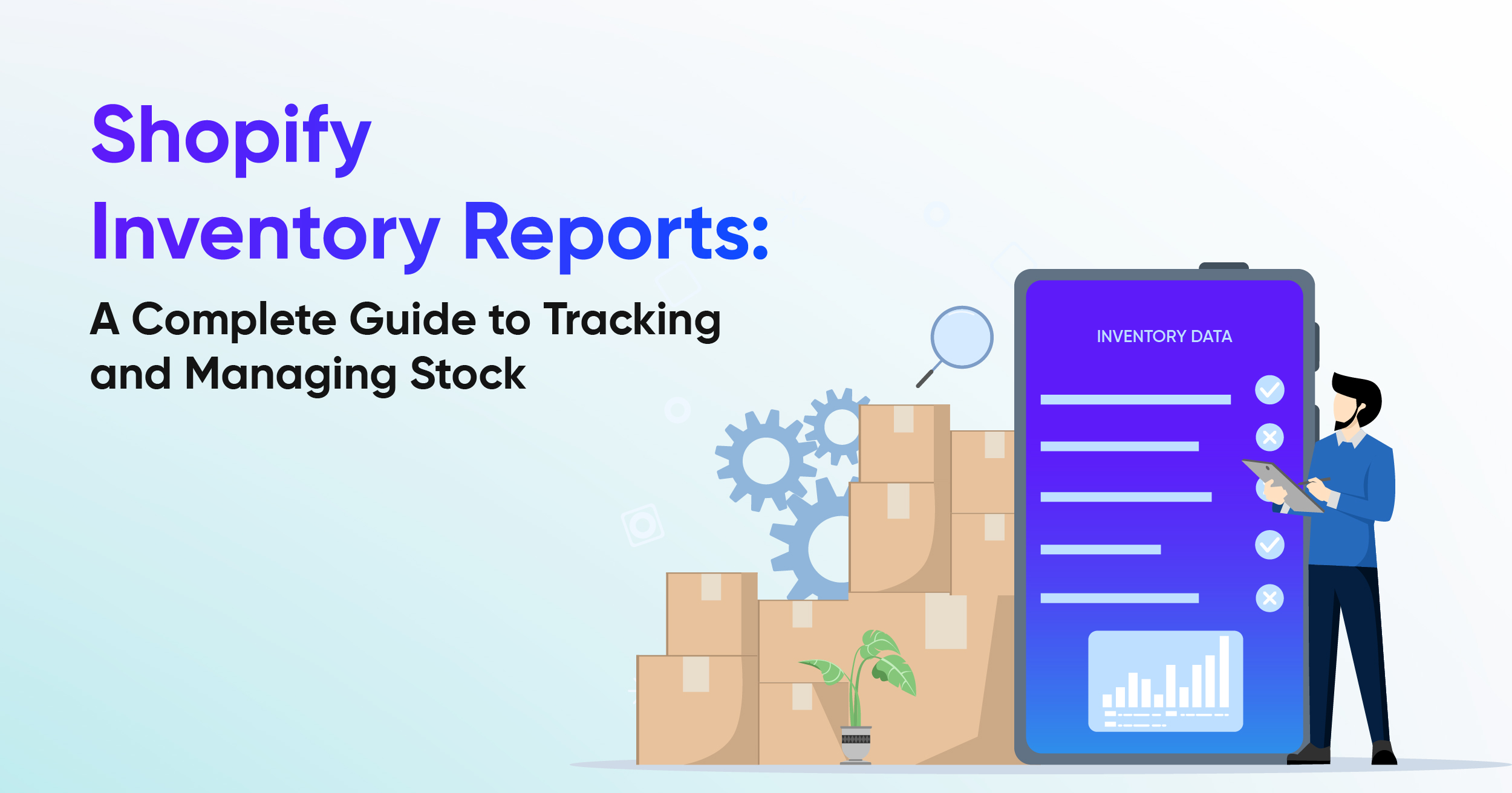An Inside Look into Shopify Custom Reports

Shopify Reports is the go-to tool for your store data, but what if you only need specific data for the task at hand? For that, there’s Shopify Custom Reports. This neat feature lets you create reports your way by adding your own data columns, filters, and other options.
We'll explore everything Shopify's custom reports offer in this article, from setup instructions to limitations and solutions. Let's dive in!
What is Shopify Custom Reporting?
Shopify custom reporting is something that allows you to modify certain pre-created reports and create custom reports manually. And it's a specific business need for the Shopify merchants. And there are two ways to create this report -
- Using pre-created reports
- Creating manually through- New exploration
Custom report helps you track unique KPIs with the Shopify Custom Calculation Report. You can use dedicated templates for custom report creation or start from scratch
Shopify lets you customize an existing report if it belongs to any of these types:
- Acquisition
- Customers
- Sales
- Inventory
- Marketing
- Behavior
- Retail Sales
- Finances
- Fraud
- Orders
- Profit Margin
Note: Shopify doesn’t allow you to customize some categories of reports or certain reports within a category. These are mentioned later.
Every custom report comes with a standard set of data fields. You can swap these out or get rid of them as you see fit. Adding or removing the data columns is simple - just check or uncheck the boxes next to them, respectively. You also have the ability to add multiple filters to your custom reports.
The Available Custom Report Templates
If you choose to create custom reports via templates, you have the following options:
Note that your choice of report category is set in stone once created. You can only create a new custom report under the desired category.
Steps to Create Shopify Custom Reports
How you create Shopify custom reports depends on whether you’re using templates or modifying existing reports.
Here are instructions for both methods:
Creating Custom Reports from scratch
- In your Shopify admin page, click Analytics.
- Click Reports in the left navigation panel.
- Click New Exploration.
- Under the Metrics section, select the fields you need. Once you select metrics, the Visulaization, Dimensions, Comparison, Filter sections will become available
Creating Custom Reports by Modifying Existing or Duplicate Reports
- In your Shopify admin page, click on Analytics and then Reports in the left navigation panel.
- From the list of available default reports, choose the one you want to customize.
- Edit the data columns and filters to view the data you desire.
- Click Save as. In the Save Custom Report dialog box, give a name for this modified report.
- Click Save.
To create and customize duplicate reports:
- After choosing the report you want modified, click on Save as.
- Enter a descriptive name for the file in the Save Custom Report dialog box and click Save.
- Edit the data columns and filters to view the data you desire.
- Click Save.
Your saved reports can be found in the reports list visible when you click on Reports.
What Shopify Custom Reports Can’t Do for You
Despite Shopify's flexibility in custom reporting, it falls short in several areas.
Here are its limitations:
- Limited Template Options
Custom reports are restricted to just five templates across four categories. If you're hoping for a report tailored specifically to shipping, you're out of luck.
- Limited Number of Data Fields
Just like with templates, Shopify isn’t generous with the number of data fields you can add to your custom report. You can’t add custom fields with your own formula, for example.
- Lack of Export Options
You can only download your custom report file in CSV format to your internal storage. You can’t send it to destinations like Google Drive and email, or choose a different format like PDF, Excel, etc.
- No Automated Report Delivery
There’s no “set it and forget it” when it comes to custom Shopify reports. If you want your report file, you have to manually download it.
- Missing Support for Custom Reports
There's no option to request additional custom report formats from customer support. Plus, certain reports can't be modified at all - here are the details:
- All reports in the Finance category except the US Sales Tax report.
- Default reports in the Fraud category.
- Most default reports under Orders, with the exceptions being Shipping Labels (filter and column editing allowed) and Shipping labels over Time (can edit filters) reports.
- The Web Performance and Online store cart analysis reports.
- Plan-based Access
Custom reports are only available to users on the Advanced Shopify plan or higher.
The solution? You can get around this restriction and others with a third-party reporting app solution like Report Pundit, which offers features and flexibility that Shopify lacks, providing a comprehensive custom reporting experience.
Summing Up
Shopify custom reports provide tailored insights to guide smarter decisions. While the native tool is helpful, growing businesses often need deeper data access, cross-category views, and automation. That’s where Report Pundit stands out. It offers customizable templates, automated scheduling with multiple export formats, and expert support available 24/5 all at no extra cost. Try Report Pundit and see how quickly you can get the custom Shopify data you need.
Start Your 14-day Free Trial Today!

Build and automate your Shopify Reporting
Unlock the full potential of your Shopify store with Report Pundit. Gain access to over 2000 data fields, automate reports, and make data-backed decisions to grow your business.

.svg)
.svg)
.svg)
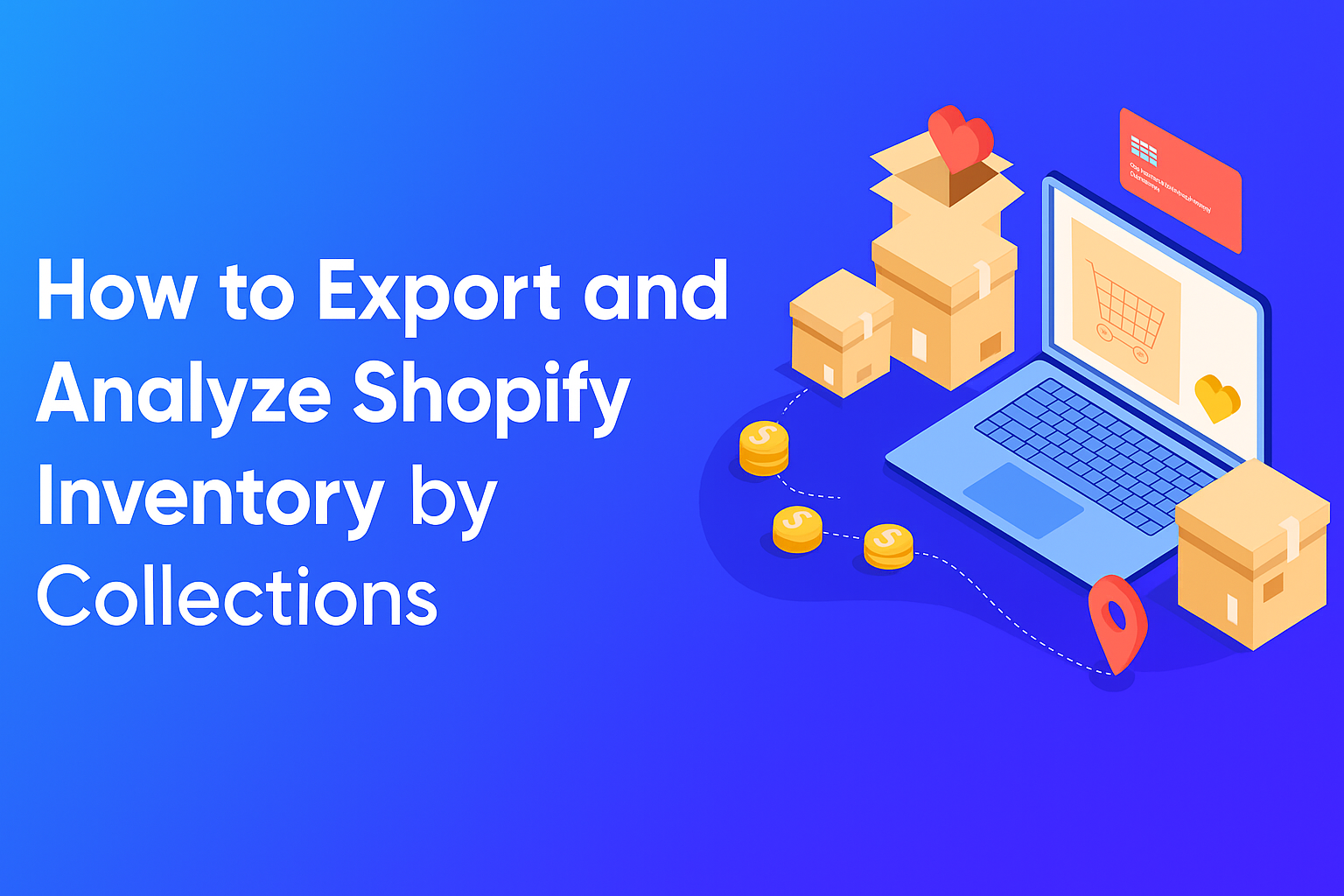

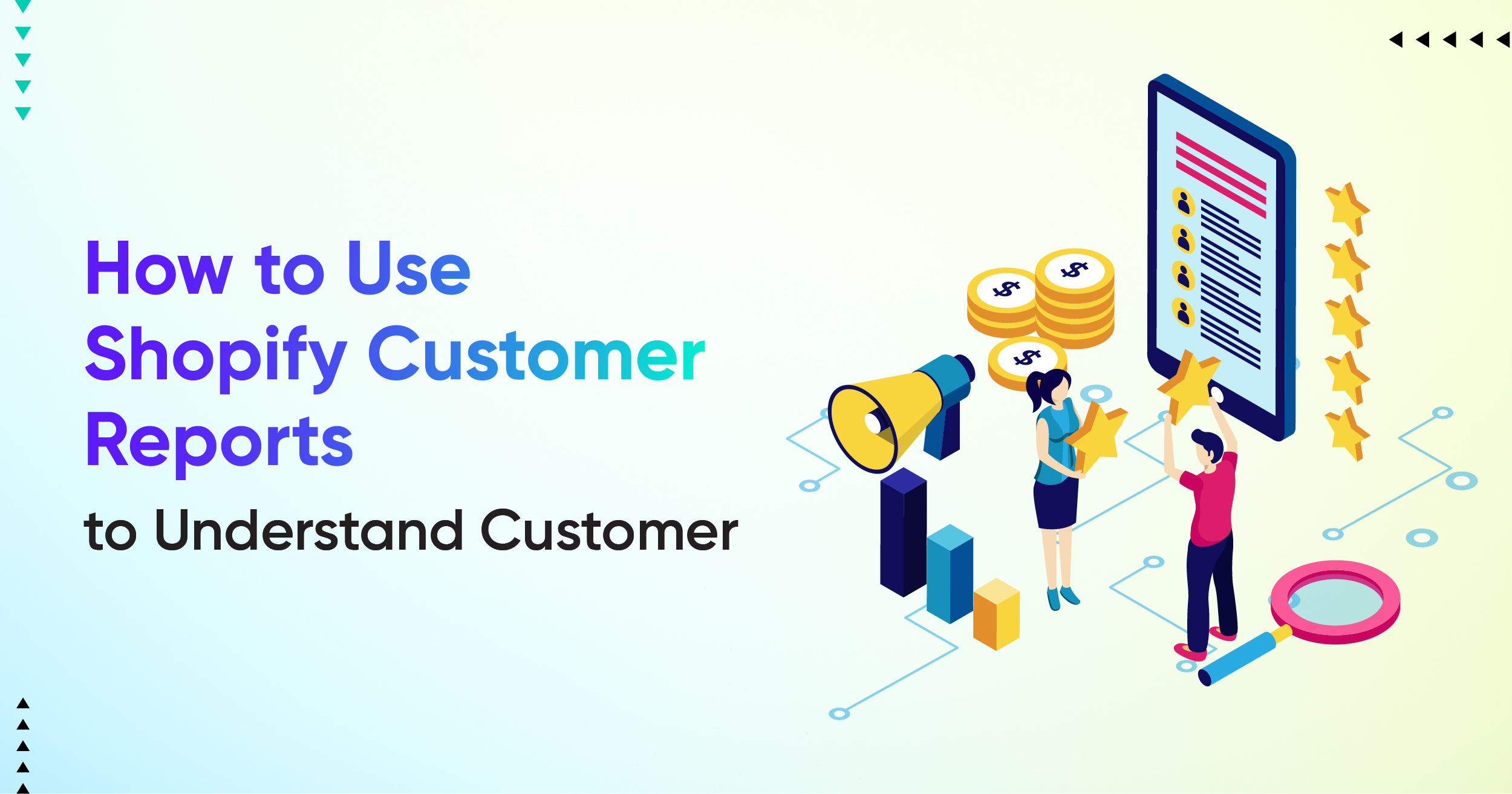
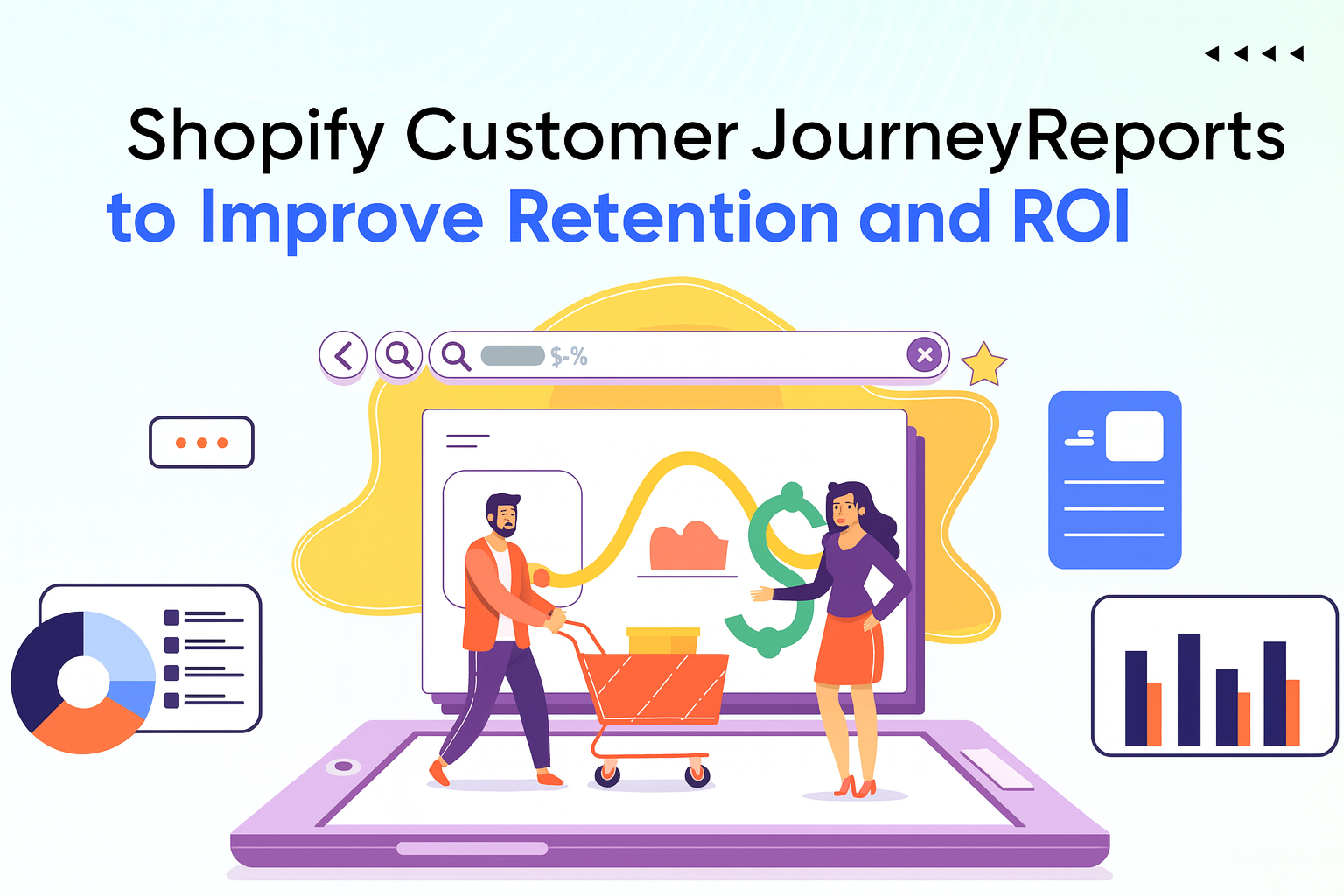
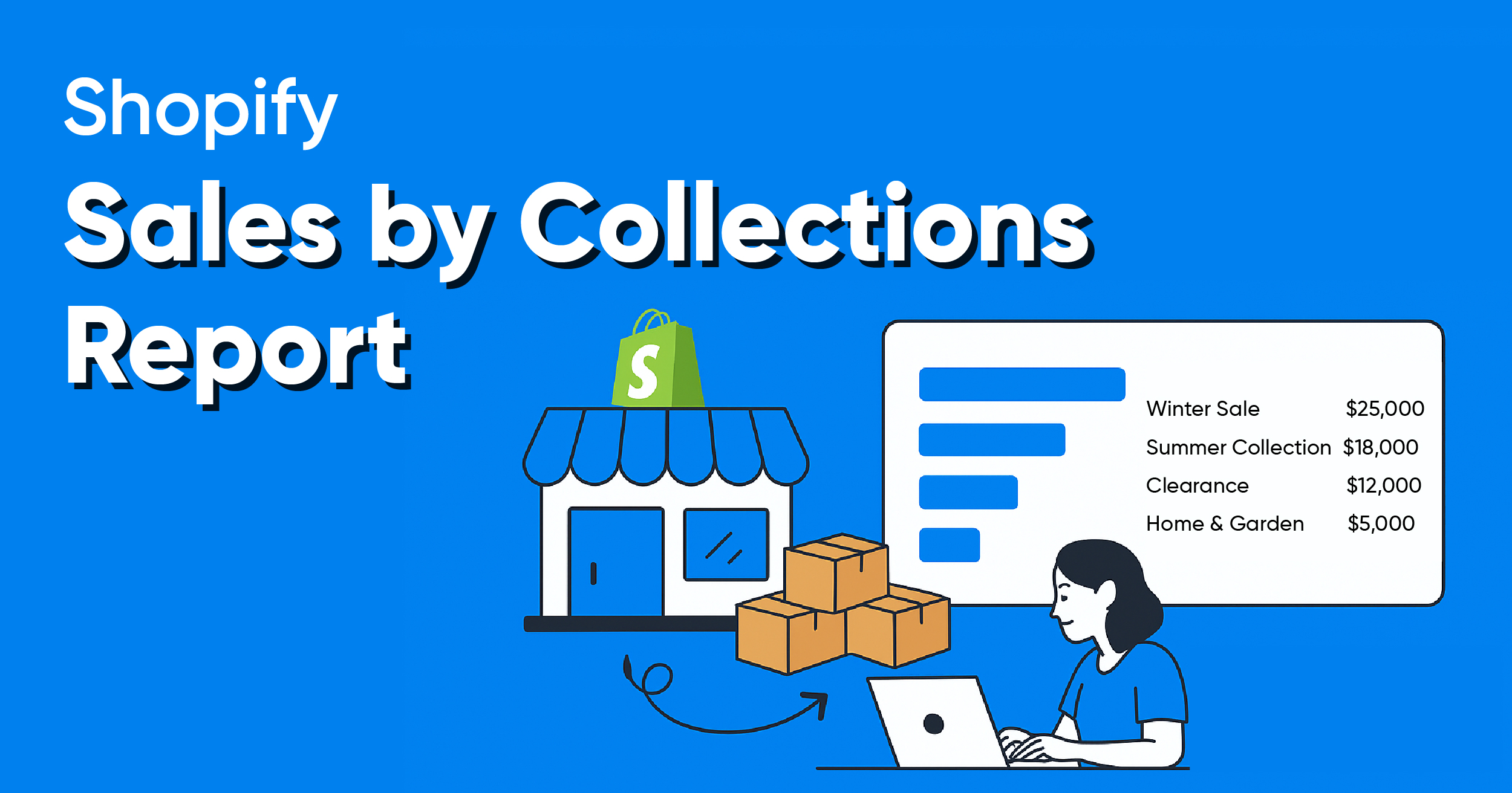
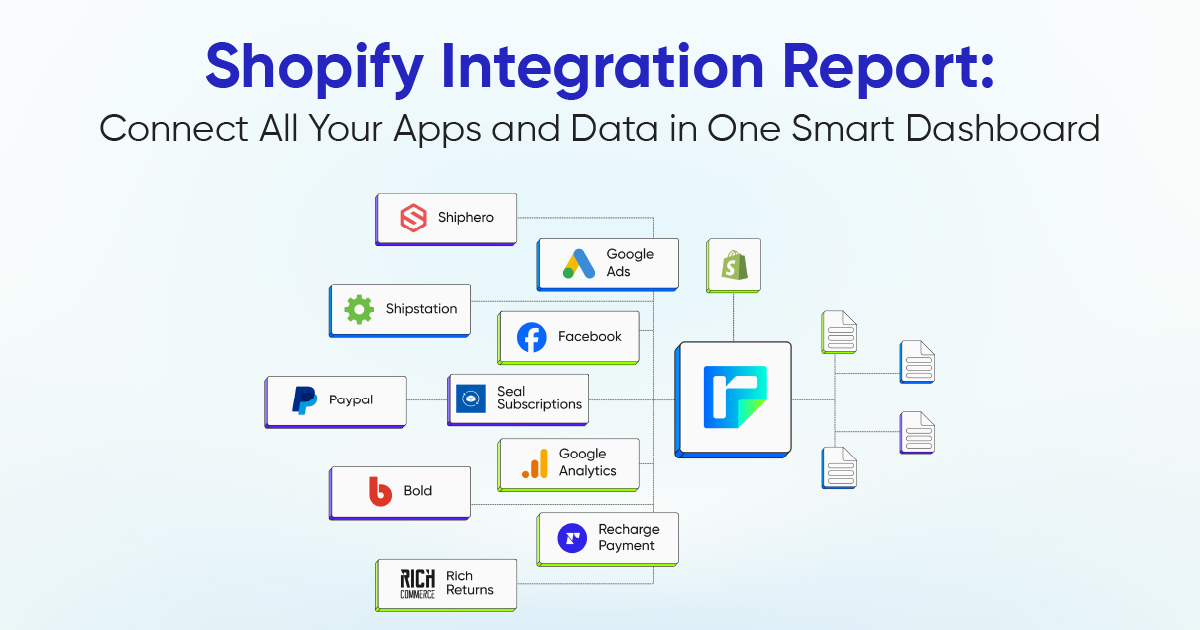




.webp)
.webp)

